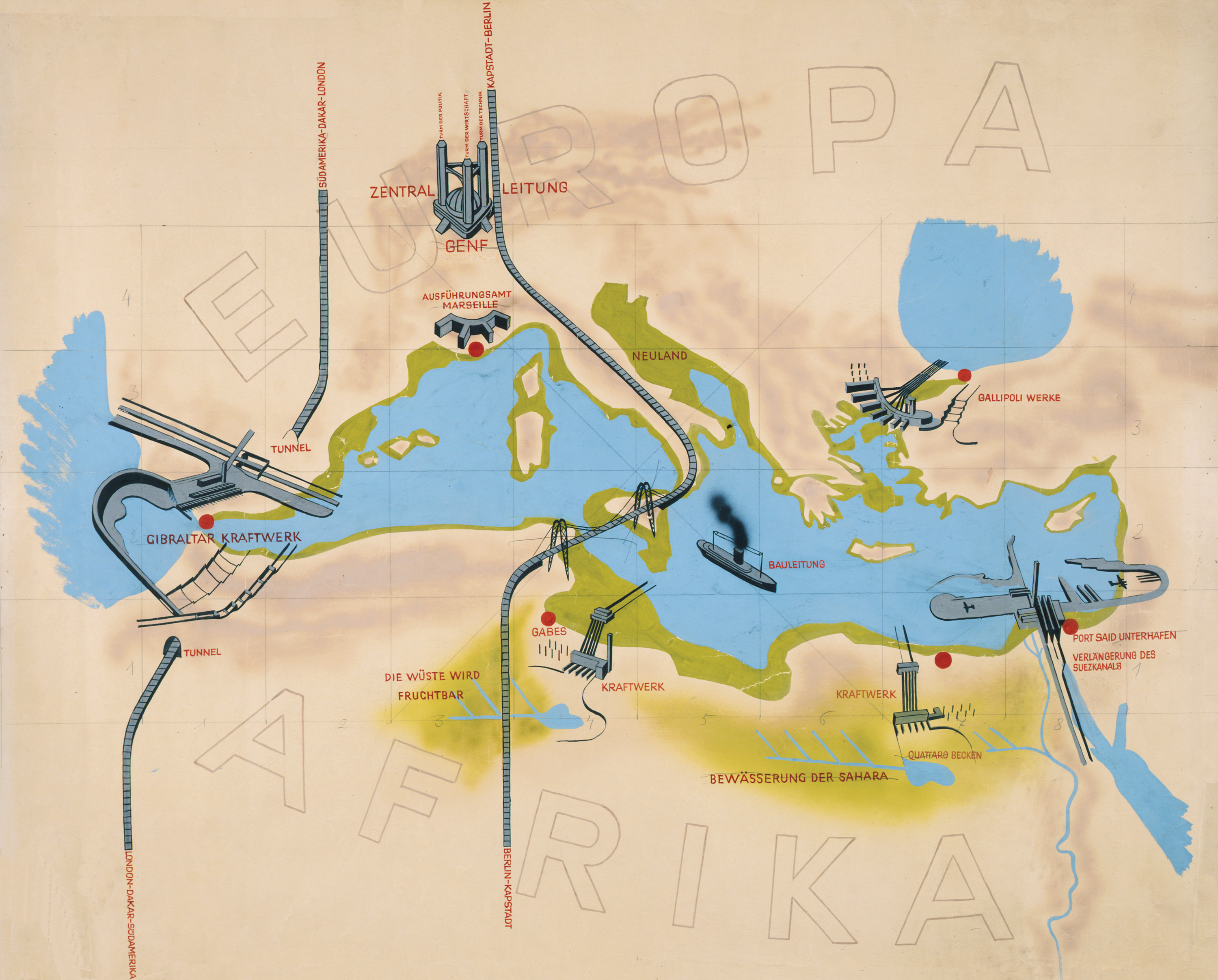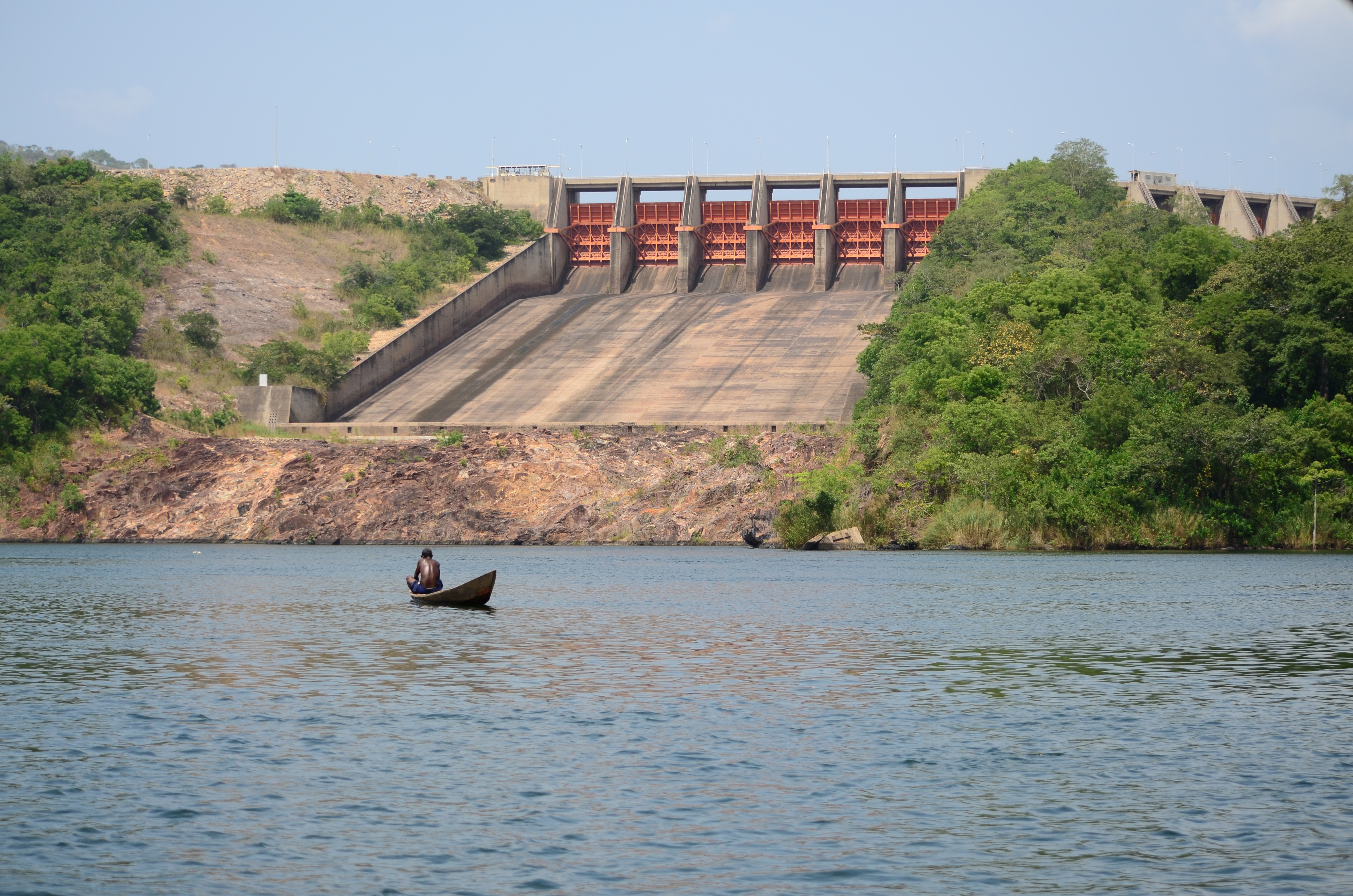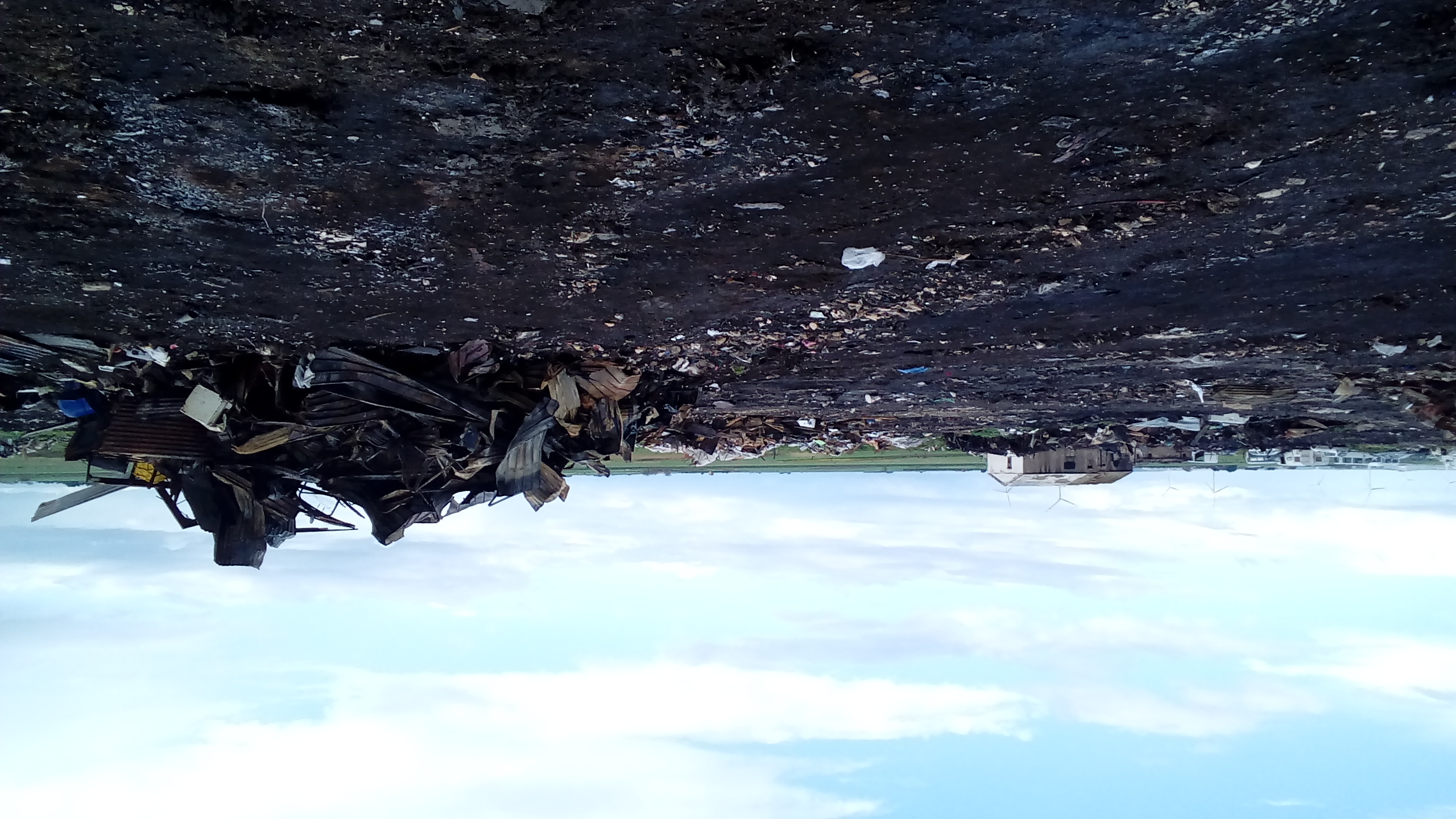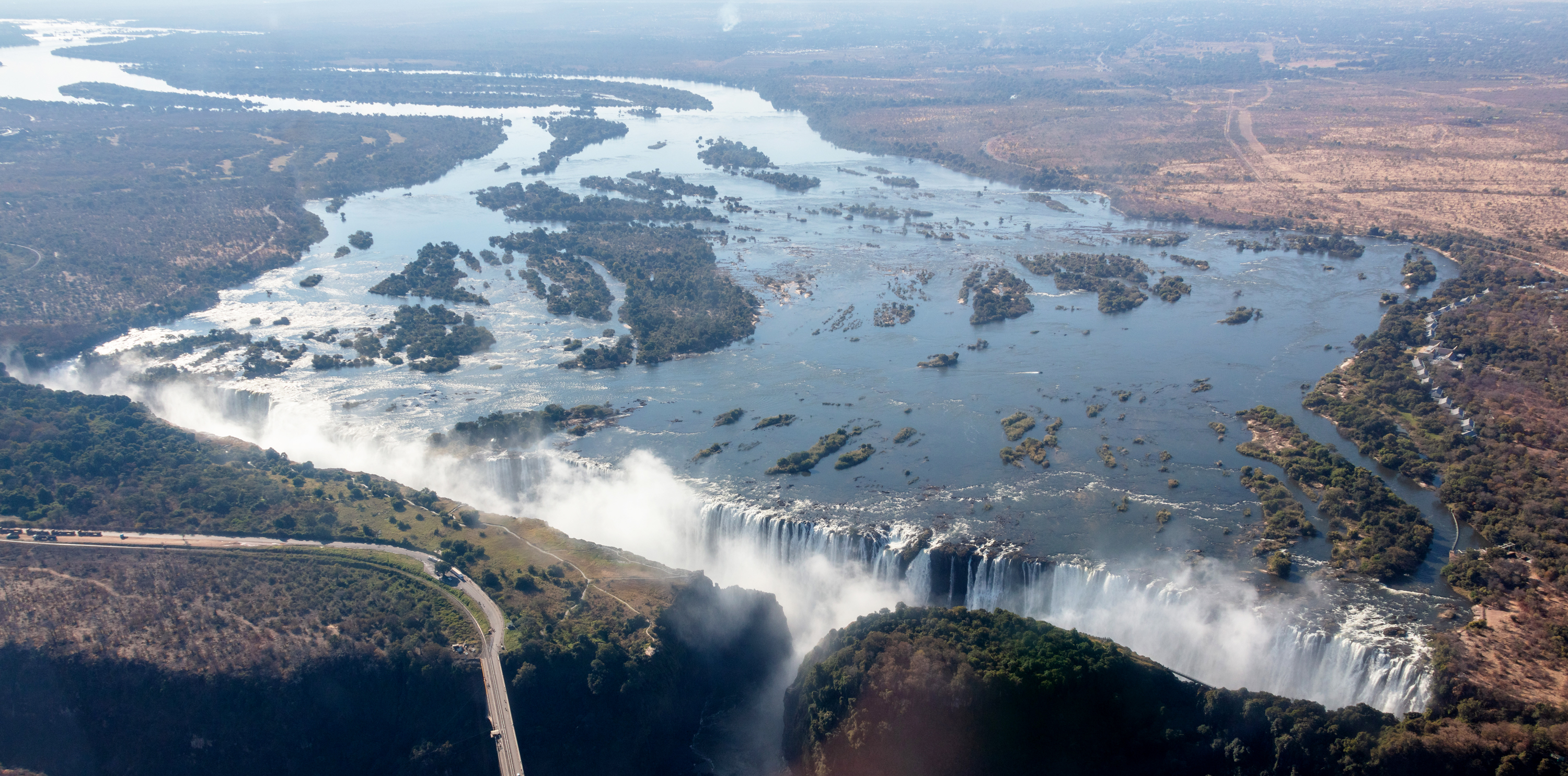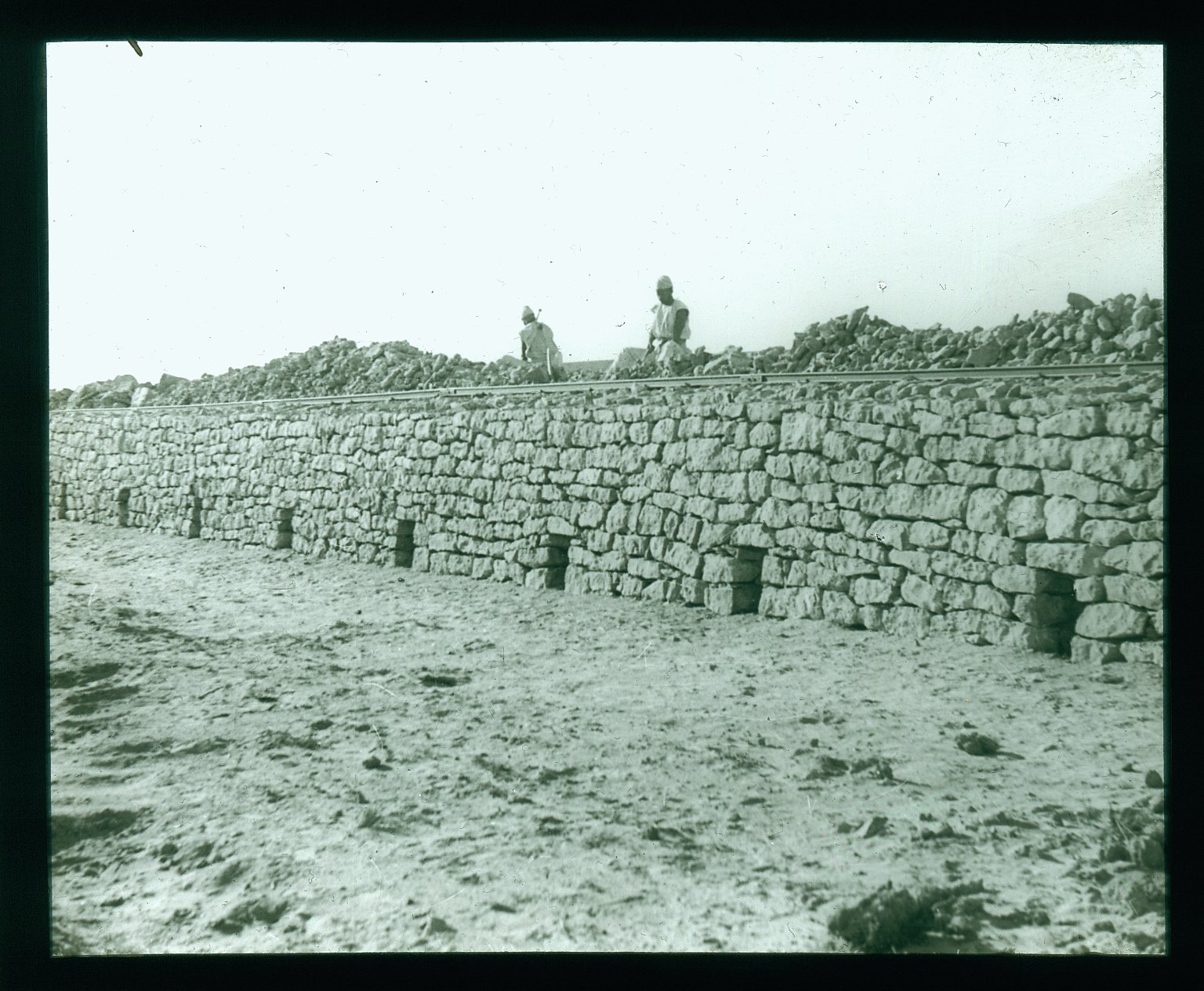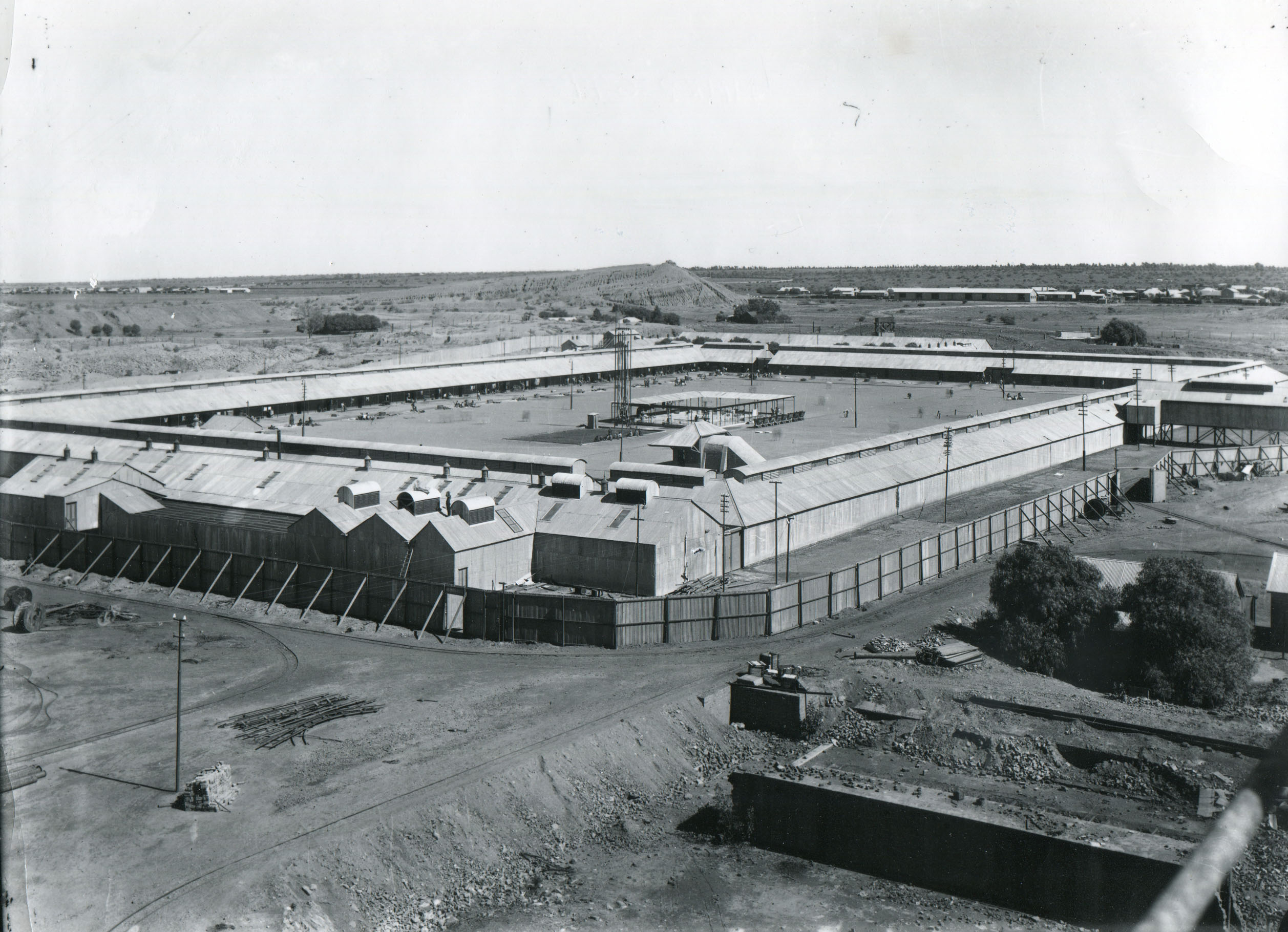Category
Subject
Coloniality of Infrastructure is a collaboration between e-flux Architecture, Critical Urbanisms at the University of Basel, and the African Centre for Cities of the University of Cape Town.
- Achille Mbembe The Earthly Community
- Irene Peano Specters of Eurafrica in an Italian Agroindustrial Enclave
- Megan Eardley Creole Metrology
- Samia Henni Oil, Gas, Dust: From the Sahara to Europe
- Huda Tayob Transnational Practices of Care and Refusal
- Sarah Nuttall Infrastructure’s Drift
- Emilio Distretti Reparations, beyond infrastructure
- Sophie Toupin From Dream to Reality: The African National Congress Internet
- Zandi Sherman Infrastructures and the Ontological Question of Race
- Kenny Cupers Editorial
